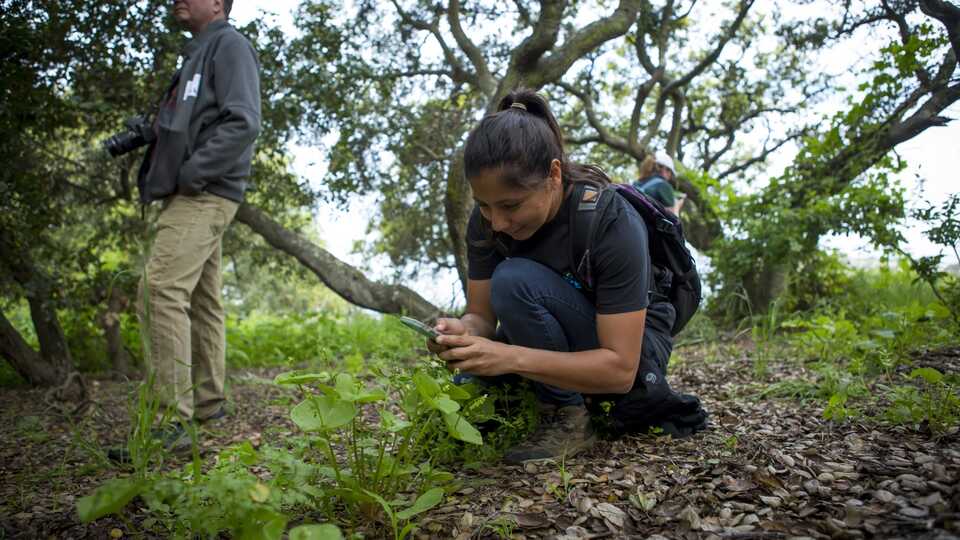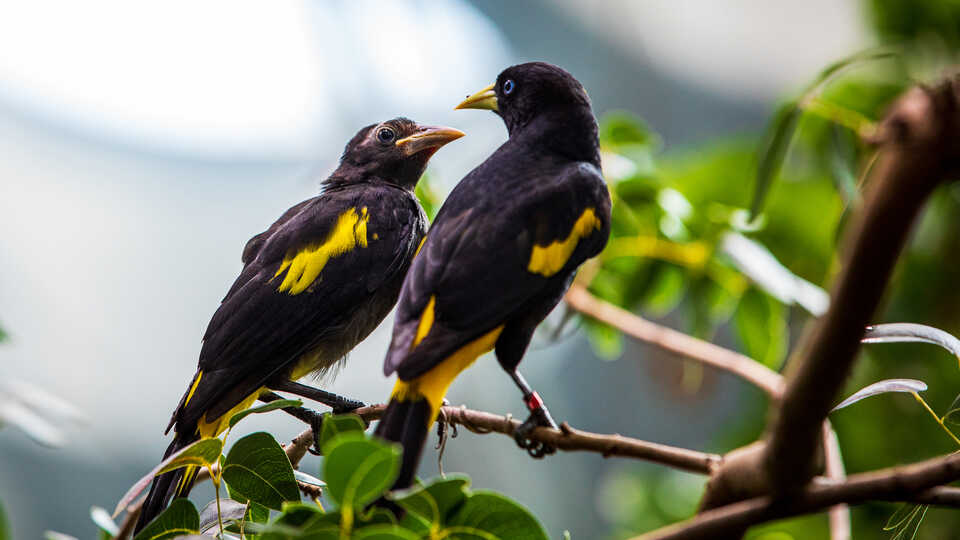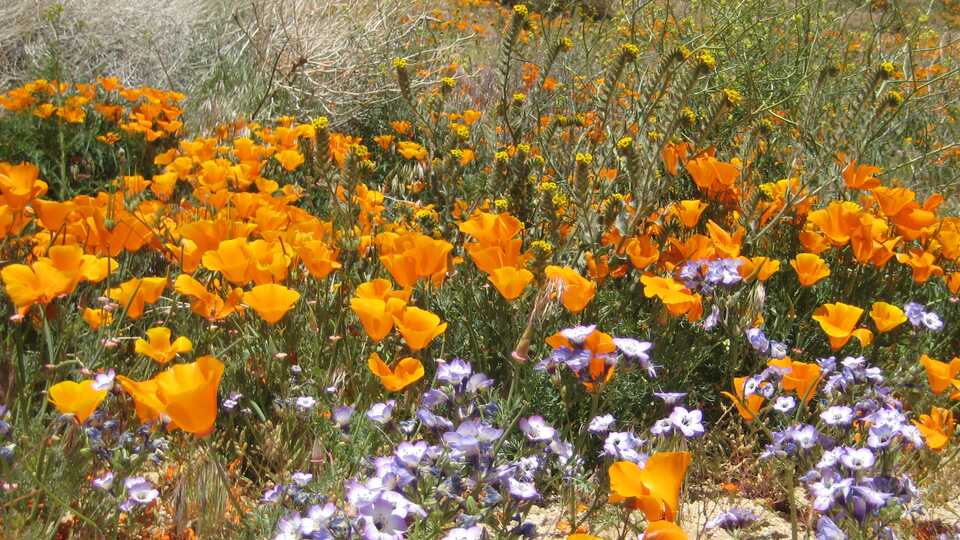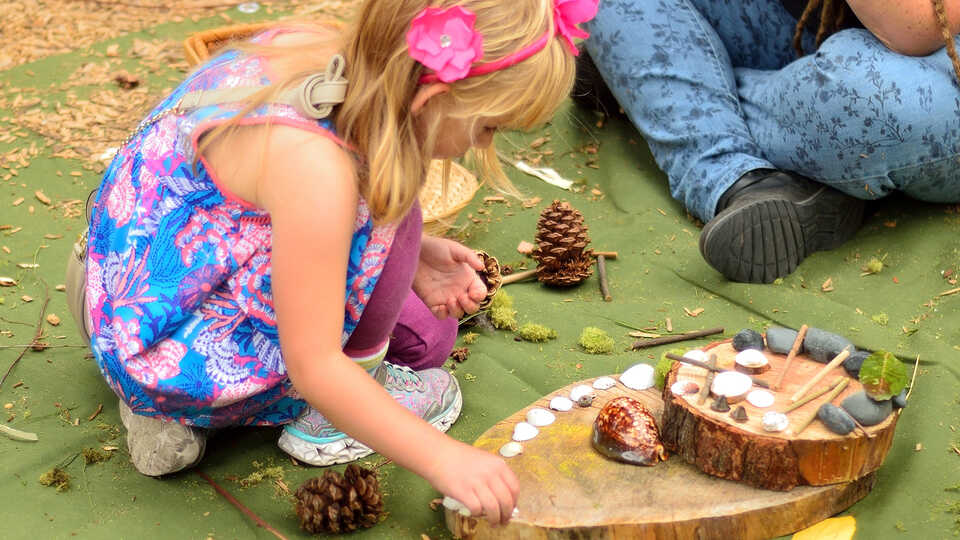No backyard (or local park) expedition is complete without this trusty activity pack. Prepare for five days of outdoor, close-to-home adventures with guided videos, crafts, and hands-on experiments.
Please note: While Science @ Home activities are designed to be conducted by kids, some little ones might need adult help with reading instructions and preparing crafts.






